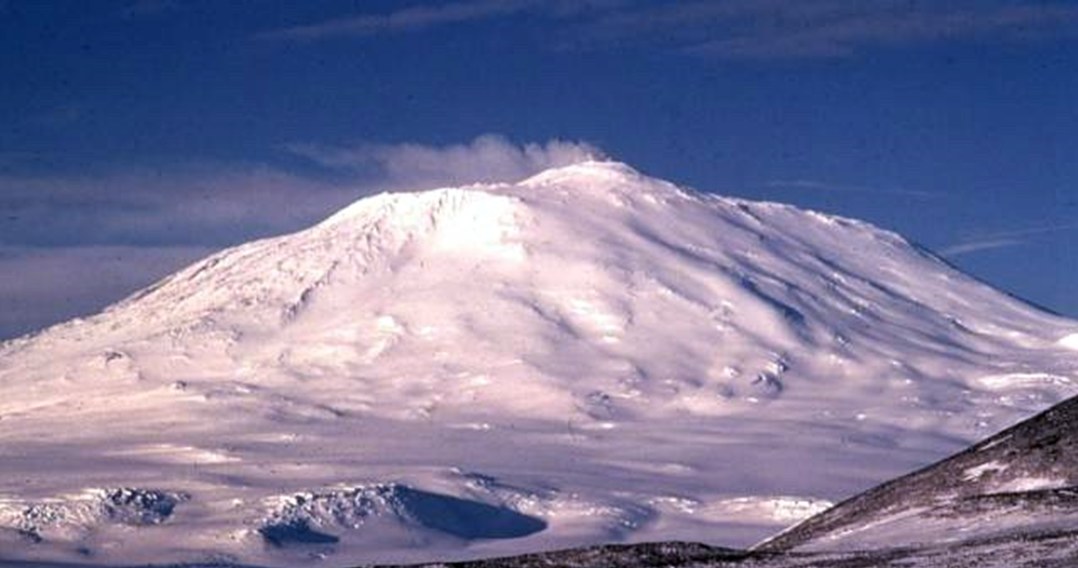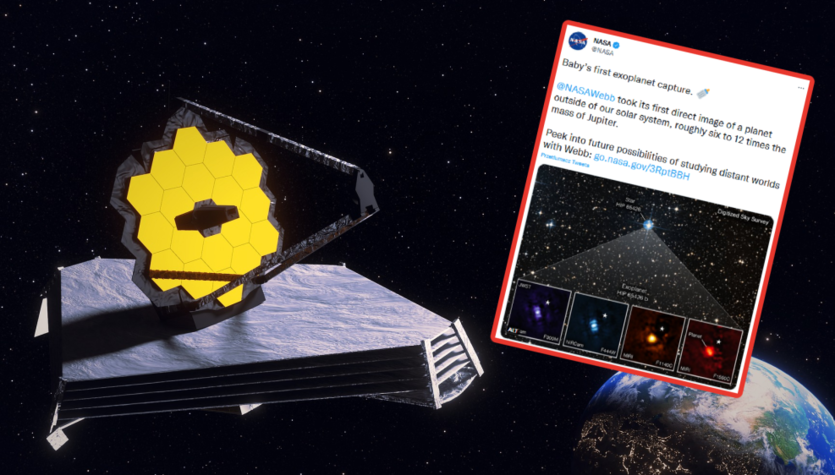An international team of researchers from Great Britain, Ireland and the Netherlands has published Natural earth sciences Interesting reports indicate that today the Earth, specifically the oceans, is in a similar situation to what it was 201 million years ago, in the late Triassic, when one of the world’s largest species extinctions occurred.
Read also: The Earth holds fewer and fewer secrets for us. We have learned the latest thanks to the diamonds
We are talking here about an incident other than the one that occurred on the border of the Permian and Triassic periods (about 252 million years ago) and at the end of the Cretaceous period (about 66 million years ago), when giant reptiles became extinct. At the turn of the Triassic and Jurassic, living organisms on Earth also had to face a huge crisis. Not all species survived at that time.
The crisis at the beginning of the Age of Dinosaurs put an end to many species of marine animals
The Late Triassic extinction put an end to almost all the ancestors of dinosaurs – archosaurs and large amphibians of the order Temnospondili. The deep sea world suffered a more serious loss. Up to 22-34% of them died at that time. All kinds of marine animals. In general, the biotic crisis of 201 million years ago is displayed on scientists’ maps as one of the five largest extinction events, and its “strength” is compared to the asteroid impact crisis at the end of the Cretaceous, when, among other things, dinosaurs.

What are the causes of this major global disaster? Science still doesn’t have a definitive answer here, and geologists will likely continue to speculate on this topic for a long time. There are two main reasons that seem most likely. We are talking about increased volcanic activity on Earth, which caused the climate crisis and global warming, and the dynamic development of hypoxia in the oceans. A lack of oxygen in the water can directly threaten almost all animals that live in the oceans.
Read also: How was the earth created? Early life was not pleasant at all
We no longer have any doubt that studying rocks from this period can provide important insights into past crises on Earth. By exploring the details of this part of history, we can look for some similarities with contemporary processes. At least that’s what geologists from the UK, Ireland and the Netherlands did when they analyzed drill samples from Northern Ireland and Germany that contained muddy marine sediments.
In their research, they took into account changes in the content of an element sensitive to redox processes, thanks to which they were able to reconstruct oxygen conditions in ancient seas. This element was molybdenum (δ98Month). They found that the lack of oxygen in the seas surrounding Europe was not global, but rather was confined to small marine basins. It was a similar situation that we face today.
Read also: The length of the day is not fixed. The Earth rotates sometimes faster and sometimes slower
Of course, we cannot approach the matter with a zero-sum approach, because the arrangement of lands at the end of the Triassic was slightly different from what it is today. In what is now southern Europe lay the edge of the vast Tethys Ocean, the predecessor of the later Indian Ocean. The entire continent lay to the south, and most of today’s Germany and part of France were covered by a warm sea. Given these differences, scientists could only look for general parallels and similarities based on the nature of marine reservoirs—whether hypoxia occurred in open, coastal, or subcontinental seas.

During the Late Triassic extinction, the Earth was in a similar position as it is today
What is the important conclusion from research results? Not only would a similar amount of ocean hypoxia have occurred during the Late Triassic extinction and today, but also that a global ocean oxygen depletion event 201 million years ago did not require a global ocean oxygen depletion event to trigger a Earth-wide biotic crisis.
Read also: The Earth erases its turbulent history. We will go no further than 2 billion years in the past
Anoxia in smaller reservoirs may have triggered a series of subsequent ecological collapses, even in areas where aquatic oxygen depletion never occurred. The organic world is a huge network of interconnected vessels, which we rarely perceive. The catastrophe at the beginning of the Age of Dinosaurs reveals how important individual regions are to the global ecosystem.

Echo Richards embodies a personality that is a delightful contradiction: a humble musicaholic who never brags about her expansive knowledge of both classic and contemporary tunes. Infuriatingly modest, one would never know from a mere conversation how deeply entrenched she is in the world of music. This passion seamlessly translates into her problem-solving skills, with Echo often drawing inspiration from melodies and rhythms. A voracious reader, she dives deep into literature, using stories to influence her own hardcore writing. Her spirited advocacy for alcohol isn’t about mere indulgence, but about celebrating life’s poignant moments.










